By Matt Sheedy
This is part-two of a two-part response to Watts and Mosurinjohn’s essay “Can Critical Religion Play by Its Own Rules? Why There Must Be More Ways to Be ‘Critical’ in the Study of Religion,” which recently appeared in the Journal of the American Academy of Religion. See part 1 here.
Critique #3. The claim that ‘CR’ scholars set up a false dichotomy by upholding their own position as etic (i.e. as objective outsiders), while deeming others as emic (i.e. as subjective insiders) is based on a misinterpretation. Continuing with the example of colonialism that I outlined in Critique #2, Watts and Mosurinjohn claim, with reference to the work of McCutcheon: Continue reading “Critical Religion and the Critical Study of Religion: A Response to Galen Watts and Sharday Mosurinjohn, Part 2”

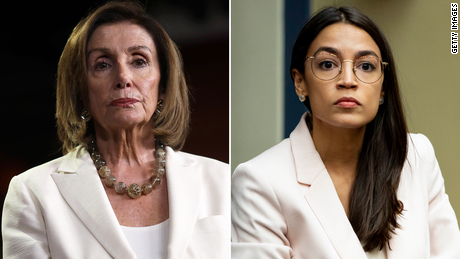

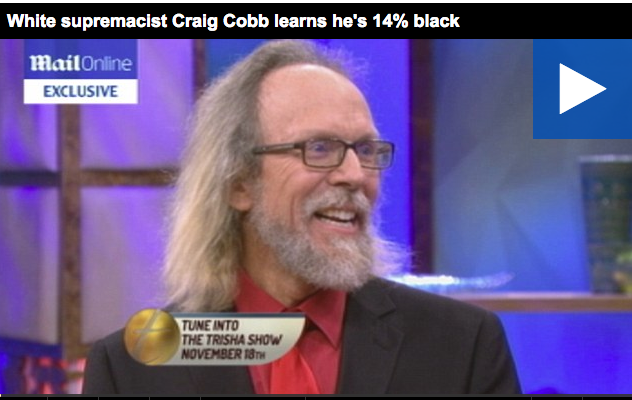

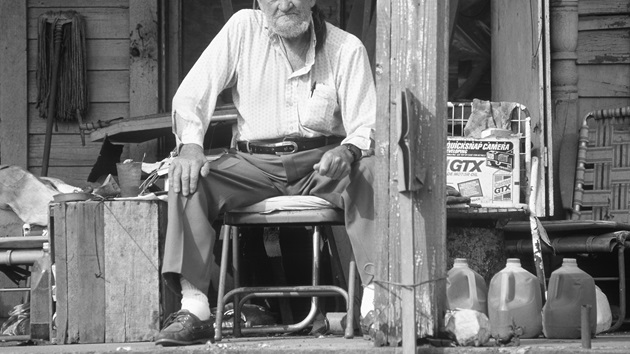

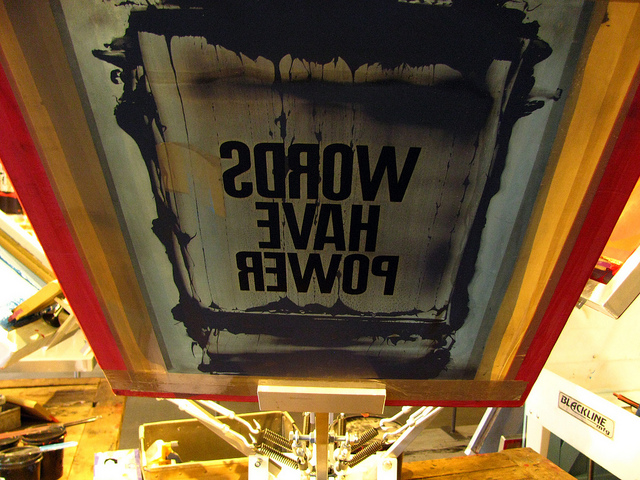 Books can be the best Christmas gifts, at least in my humble opinion. I have already finished one novel that I received for Christmas, Singapore Exile Murders by F. van Wyck Mason. Written, published, and set in 1939, the novel incorporates the responses of Europeans and Americans in southeast Asia to the global events leading up to World War II, making it an intriguing historical artifact based on one person’s imaginings. As a piece of data, the language in the novel surprised me at points, including the off-hand use of terms for African-Americans and Chinese that would be considered offensive today.
Books can be the best Christmas gifts, at least in my humble opinion. I have already finished one novel that I received for Christmas, Singapore Exile Murders by F. van Wyck Mason. Written, published, and set in 1939, the novel incorporates the responses of Europeans and Americans in southeast Asia to the global events leading up to World War II, making it an intriguing historical artifact based on one person’s imaginings. As a piece of data, the language in the novel surprised me at points, including the off-hand use of terms for African-Americans and Chinese that would be considered offensive today.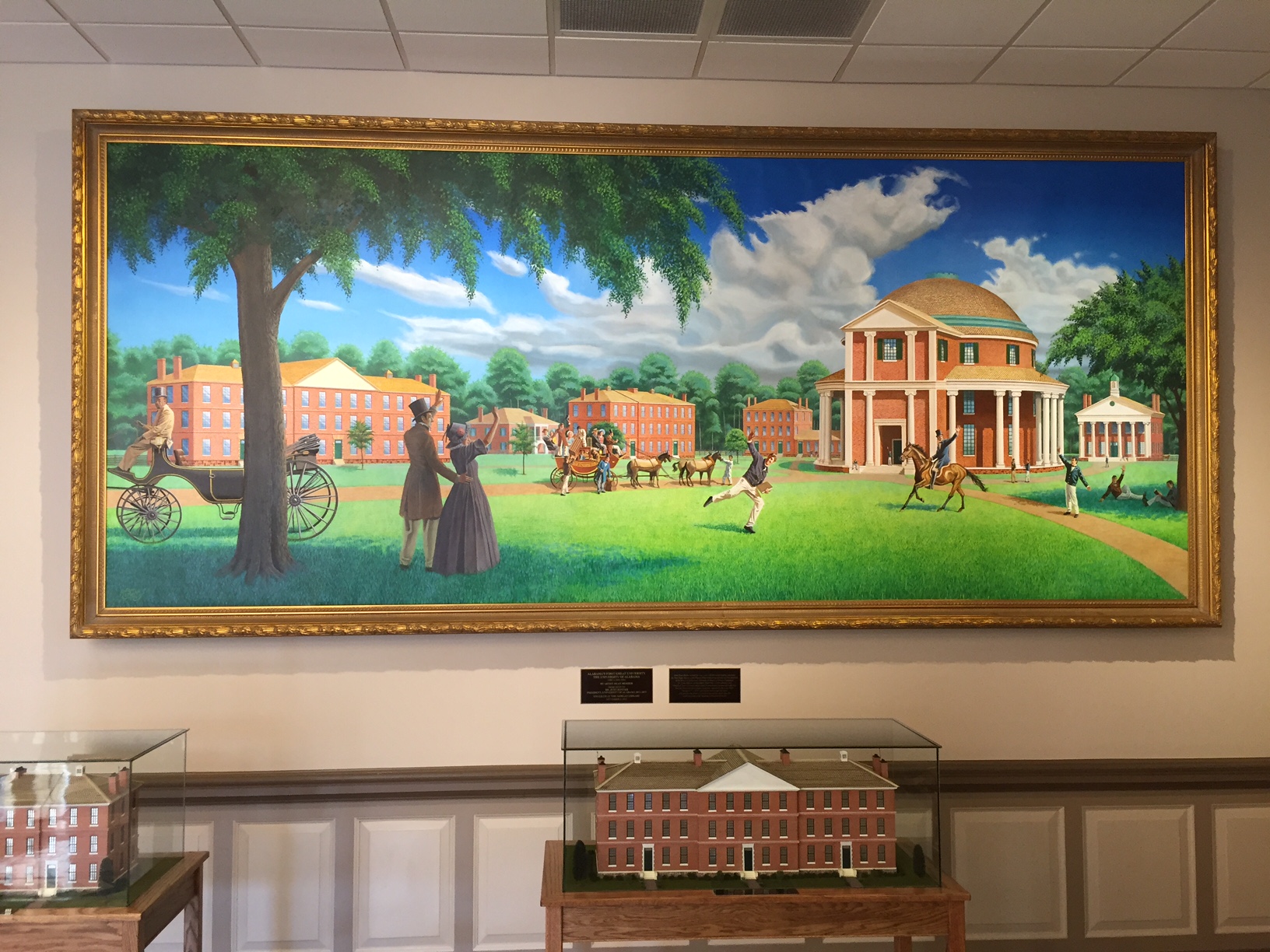
 I am not a fan of the Confederate Flag. While I have spent all but two of the past 28 years in states that joined the Confederacy, I grew up in a Border State with parents from another Border State, making me an outsider to many who see the flag as an important symbol of their Southern heritage. Despite all of this, I found myself bothered by the argument in last week’s
I am not a fan of the Confederate Flag. While I have spent all but two of the past 28 years in states that joined the Confederacy, I grew up in a Border State with parents from another Border State, making me an outsider to many who see the flag as an important symbol of their Southern heritage. Despite all of this, I found myself bothered by the argument in last week’s